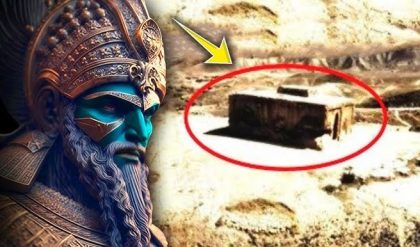The disappearance of Malaysia Airlines Flight MH370 on March 8, 2014, remains one of the most perplexing mysteries in aviation history. Now, a groundbreaking new approach involving underwater microphones offers renewed hope of uncovering the truth behind the aircraft’s vanishing.
The Persistent Mystery
MH370 vanished en route from Kuala Lumpur to Beijing with 239 people on board, sparking an unprecedented multinational search effort across the southern Indian Ocean. Despite years of scouring vast oceanic expanses and recovering debris fragments, the main wreckage and crucial flight data recorders—black boxes—have eluded discovery.

The Role of Underwater Microphones
In a bold new initiative, scientists and researchers are turning to advanced underwater microphone technology to detect sounds from the depths of the southern Indian Ocean. These hydrophones, strategically placed across the ocean floor, are designed to capture acoustic signals, including those emitted by underwater wreckage or the distinctive “pings” of flight data recorders.
How Hydrophones Work
Hydrophones operate by picking up sound waves traveling through water, converting them into electrical signals that can be analyzed and interpreted. By deploying a network of these sensitive devices in targeted search areas, scientists hope to detect any acoustic anomalies that could indicate the presence of MH370’s wreckage or the elusive black boxes.
Advantages Over Traditional Methods
Unlike traditional search methods relying on sonar and visual surveys, hydrophones offer several distinct advantages:

Continuous Monitoring: Hydrophones can operate 24/7, providing continuous surveillance of underwater environments without interruption.
Remote Sensing: They can detect faint signals from considerable distances, potentially covering larger search areas more efficiently.
Environmental Adaptability: Hydrophones are less affected by adverse weather conditions or poor visibility, making them suitable for deep-sea exploration in challenging marine environments.
The Scientific Approach
Leading oceanographic institutions and acoustic experts are collaborating to deploy hydrophone arrays strategically. These efforts are guided by sophisticated acoustic modeling and data analysis techniques, optimizing the placement of hydrophones based on ocean currents, geological features, and previous debris findings.
The Path to Discovery
If successful, the deployment of hydrophones could lead to a breakthrough in the MH370 investigation. Detection of acoustic signals matching the frequencies emitted by flight recorders or distinctive sounds associated with aircraft wreckage would provide crucial leads for targeted search operations.
International Collaboration
The initiative involves collaboration among multiple countries, including Australia, Malaysia, and the United States, supported by global organizations specializing in underwater acoustics and deep-sea exploration. This collaborative effort underscores the international commitment to solving the MH370 mystery and providing closure to the families of the victims.
Future Prospects

As hydrophone technology continues to evolve, researchers remain optimistic about its potential to unlock the secrets of MH370’s disappearance. The ongoing deployment and analysis of acoustic data represent a promising step forward in the quest for answers, offering renewed hope that the truth will finally be revealed.
Conclusion
The use of underwater microphones to unravel the mystery of MH370 represents a cutting-edge approach in the field of aviation investigation. As scientists harness the power of acoustic sensing technology, the world watches with anticipation, hopeful that this innovative strategy will bring closure to one of aviation’s most enduring mysteries.





